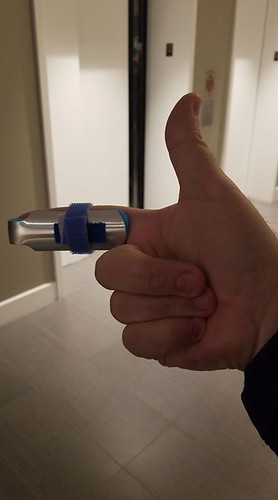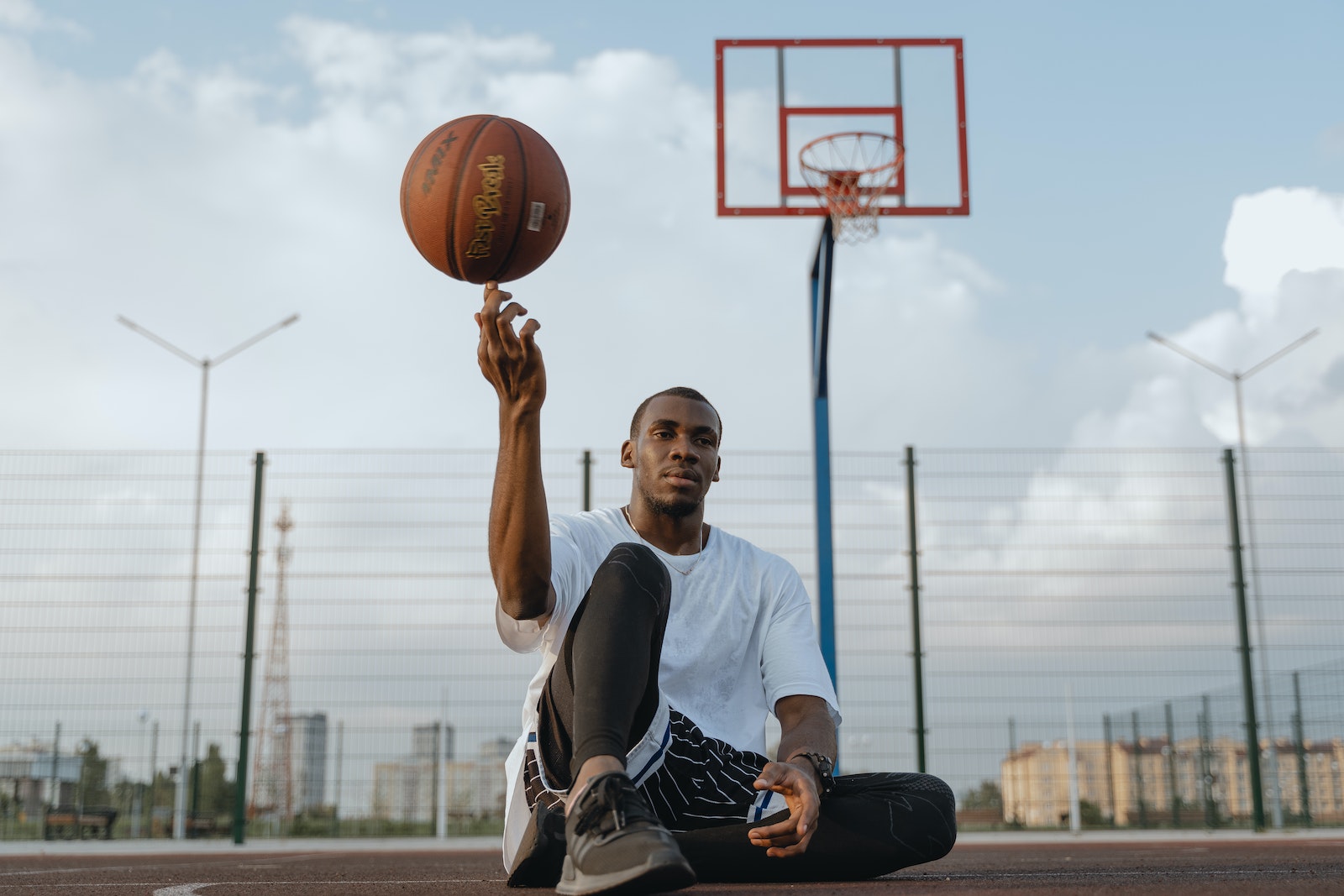Introduction
Basketball isn’t always thought to be a physical sport, but that doesn’t mean injuries aren’t a part of the game. In fact, finger injuries are the most common with how often you have to use them on the court. For example, you have to catch, shoot, deflect passes, and poke the ball away from opposing players to steal it. This causes a good question to be brought up regarding finger injuries, can you still play basketball with a finger splint on?
Injuries always seem to be different for everybody, but the bottom line is that you should be able to play basketball with a finger splint on. The splint should help keep your finger straight and protected from further injury as you return to the floor. The downside is that you will likely be less effective with that hand as you try to get used to being limited in your actions. The splint might get in the way and make life difficult to do any of the following things we mentioned earlier. However, all of that is a slight downside to being able to get back into action.
There is definitely more information to be discussed regarding finger splints and basketball, which is what we are going to be diving into a little deeper now.
Doctor’s Choice
The first thing that we should say is that you won’t always be able to get onto the basketball courts with a finger splint. Getting a finger splint doesn’t mean that your injury wasn’t severe enough to stop you, it really means that you have to listen to your doctor more than ever. That doctor will diagnose the injury and let you know if playing with a finger splint could cause even more damage, or if it won’t affect you in the slightest. If you suffer a semi-serious fracture in a finger, playing in a splint could create more damage to that fracture and make the injury worse. If you suffered just minor discomfort and needed the splint to keep it protected for a small amount of time, hitting the courts with one wouldn’t be a problem at all. While most people have been cleared to play with a finger splint, that doesn’t mean that your doctor’s opinion isn’t the most important one.
The severity will always play a factor in getting cleared, and some of the severity depends upon where the injury happened. For example, an injury lower on your finger, towards the knuckle, could be considered more serious in terms of reinjury on the basketball court than it would if you suffered the same thing higher, near your fingertip.
Variations Of A Splint
Luckily, a finger injury doesn’t always mean that you will be given a splint. There are a few other ways to recover from a finger injury and still get out onto the basketball court. The most popular form of this is when you tape it up. There is a certain tape that helps you rehab your finger while also protecting and supporting it. This gives you some more mobility than a finger splint would and won’t hold you back from competing out there. A singular finger being taped is usually the preferred method for basketball players, though it’s not the only good choice outside of a splint.

Another option would be a taped finger in tandem. Let’s say that heavy tape on your one injured finger is becoming a hinderance to you on the basketball court. You want to use a different method to make it easier for you. This second method allows you to do just that, while also keeping that same tape, just spreading the impact or discomfort out more. The tandem tape will see your injured finger get taped alongside the finger that its closest to. This will keep them locked in place together while sticking straight out. While this might sound uncomfortable, it’s probably one of the easiest. Most of the time, you wouldn’t think about it being taped up because both fingers are straight out like they normally would be when doing some of the normal basketball movements. Whichever way you want to do this, there are certainly options for you.
Jammed Fingers
When you think of having to use a finger splint, most of the time you might be thinking that the finger is fractured or broken. However, there is another form of injury that is more common than anything else, and that’s a jammed finger. When your finger gets jammed, you’ll feel an intense pain for a brief amount of time before it heals back up. Sometimes this pain goes away super quickly, other times it starts to swell up and takes multiple days to return to normal.
These jammed fingers happen when you attempt to deflect or catch a pass, and it hits your hand incorrectly. Maybe it hits the tip of your finger at an awkward angle, this would cause a jammed finger. This section is more to let you know that not every finger injury is severe, jammed fingers are relatively common in basketball. Though they hurt regardless.
Depends On The League
Let’s say that everything works out and your doctor clears you to play basketball with a finger splint on. That won’t mean anything unless you speak to somebody in the league you are competing in, if you’re playing professionally or at some type of amateur level. There are leagues out there that wouldn’t clear you for action with a splint, and some that wouldn’t mind at all. The best course of action is to ask and get approved first.
If you’re just playing basketball at the park for fun, then there would be no need for this.
Finger Protector
Unsurprisingly, multiple stores actually sell finger protectors to stop you from dealing with those basketball-related injuries altogether. This helps you avoid going through the process of taping, or tandem taping, or putting on a finger splint. The effectiveness of these products will always be in question, but the potential could be enough to get you on board.
So, if you’re aiming to decrease the risk of finger injuries and hoping to never have to wear a splint on the court, searching for finger protectors online could be your best course of action. After all, they could save you a significant amount of pain and rehabbing.
